It has therefore become inevitable during the dynamic times that we are in to find and avail different suitable solutions that look at quality and efficiency at time. An innovative option that has been substantiated in most advance application is Heat Shrink Sleeve Film Rolls, and this promotes flexibility and endurance in several applications. From Hubei Jinde Packaging Co., Ltd, we have a definite understanding that it is worthwhile to explore not only the mainstream options but also those that are lesser known for giving an edge to businesses. Through the attachment of quality and clients' priority, we get pushed into the extensive applications of heat shrink technology, which keeps us above the ladder of innovation.
These are areas that wouldn't probably have crossed your mind and so while we are going through the many options that Heat Shrink Sleeve Film Rolls present, it would also be prudent to think outside the box. Our Research and Development, Manufacturing, Sales, and Services of plastic packaging materials are backed by more than a few years of experience in order to give one lean packaging solutions that can adapt to most specific needs of the customers. We are here for you to go through the possibilities that can take your packaging concepts from the functional to the attractive in the competitive marketplace.
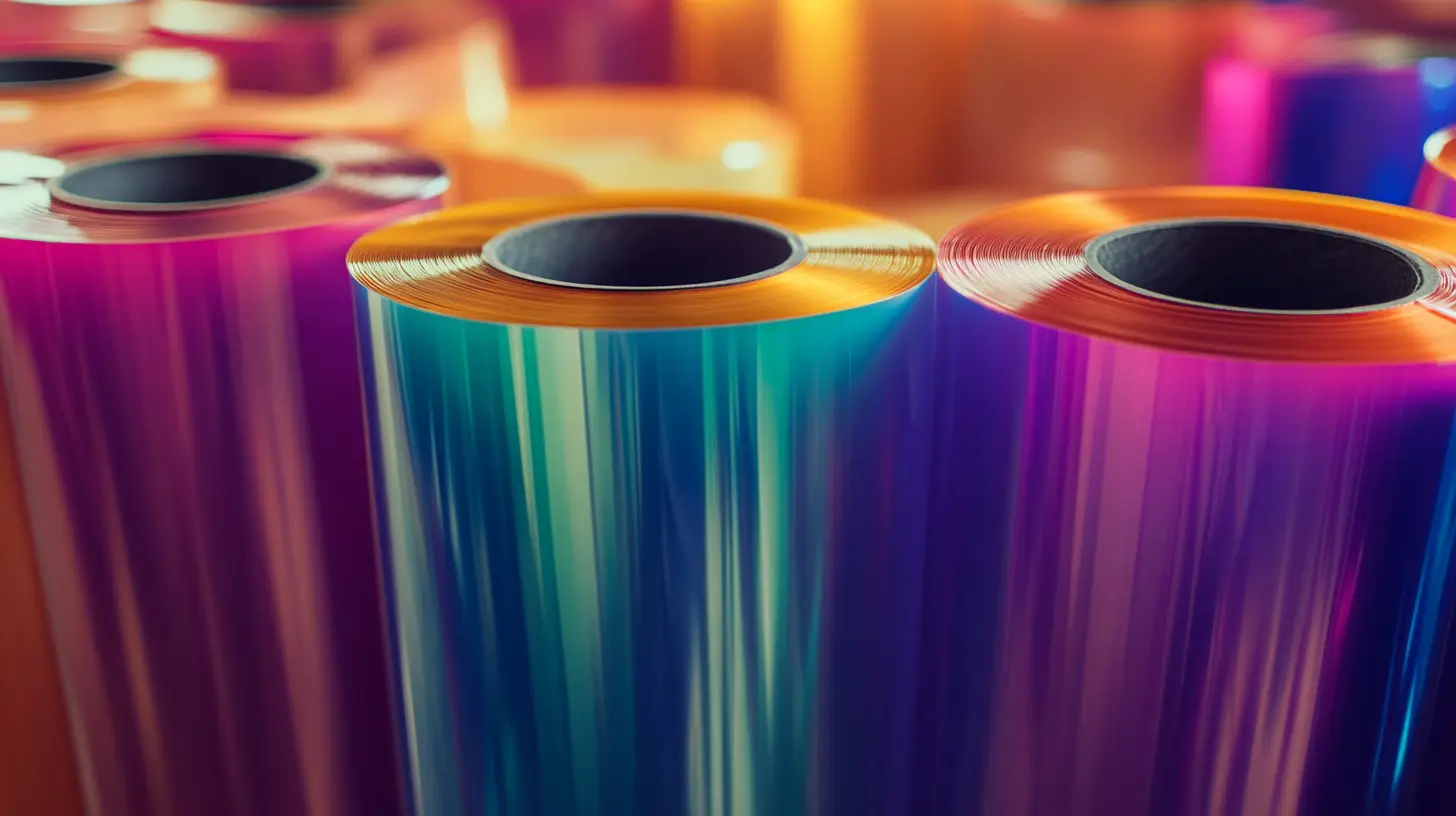
Heat shrink sleeve film has very rapidly gained much popularity across different sectors because of its versatile applications and above all its high protective characteristics. In layman terms, heat shrink sleeves are basically made from materials which shrink when heated such as polyolefin, PVC, or PET; and, hence shrink in relation to the configuration of the object they encase. A market report published through Grand View Research indicates that the global shrink film market was valued, by the approximation, at not less than $15 billion in the year 2020, with expectations of compound annual growth rate termed as (CAGR) of 6.5% from 2021 to 2028. Increased demand for devastatingly best packaging solutions in segment industries, including food & beverage, pharmaceuticals, and consumer goods, is rousing this robust growth recently. Encasements with such heat shrink sleeve films are highly beneficial in their resistance to environmental stressors and durability. This film forms a covering, which in turn measures up protection against moisture, dust, and ultra-violet rays. Researches done by Technical Market Research cover the fact that products wrapped in shrink-sleeve technology suffer up to 20% less damage and spoilage, thus being preferred by manufacturers who want to enhance their product lifetimes and satisfaction levels with their customers. Besides that, those sleeves can also provide the ability to print high-definition graphics directly onto their bodies, further improving the brands' visual appeal to consumers while shelf-stacking; 30% cite that such kinds of packaging shape their purchase decisions. Heat shrink sleeve film could also serve one of the most sustainable practices. Most manufacturers are now producing recyclable heat shrink sleeve films. According to the European Plastics Converters Association, there is now the shift towards eco-friendly packaging, with 55% of European corporations pledging to use more sustainable raw materials in their productions by 2025. This shift not only answers the question of the environment but also gives in to what a growing number of consumers expect: products to deliver sustainability objectives. Thus, one might consider all the benefits that heat shrinks sleeve film rolls provide not only of practical but ethical import in today's emerging market.
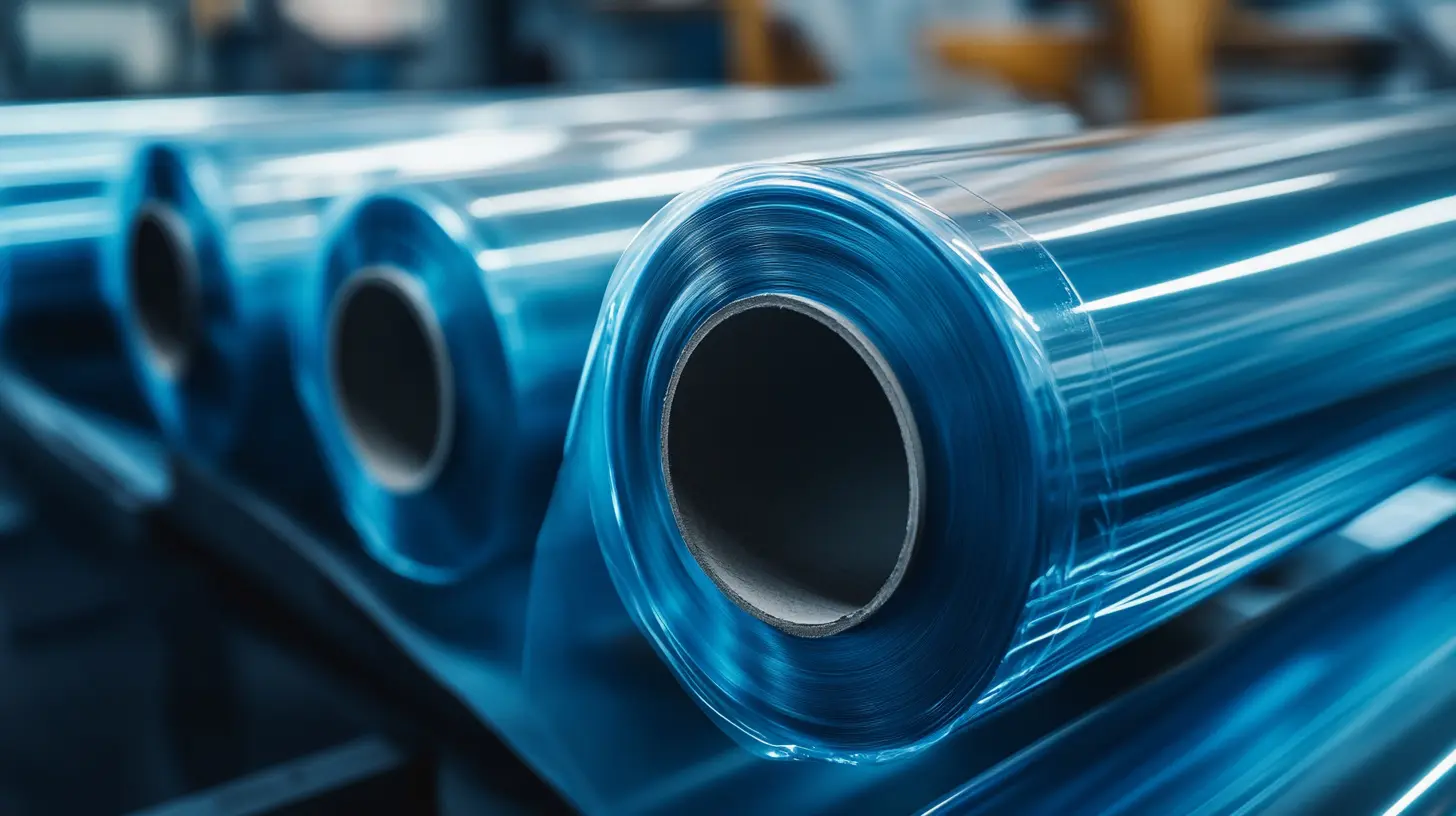
What this means, is actually, in line with global market trends regarding heat shrink sleeve films in 2023; the next note, after the fact, is innovations in packaging technology which feed into the sector. One of the key drivers of growth in the heat shrink sleeve film market is the increase in demand for these packaged sleeves from food and beverage processing, cosmetics, and pharmaceutical industries because these sleeves are ultimately superior in effectiveness for labeling, product protection, and shelf life enhancement, all of which speak for the requirements of modern packaging.
Innovation-seeking has been made a corporate principle by certain big companies like this over the years, which has borne it fruits since its initiation into the market in 2004. The business is already highly focused on integrated production based on material manufacture, label printing, and their application. Quality and efficiency standards have been set. These developments really reflect the overall trend of the market as much as having investment in high-tech advancements for changing customer needs.
Again, sustainability is the new ground for the company in changing a lot of market dynamics considering increasing numbers of companies that makes use of alternative eco-friendly materials and processes. The fact is that consumers are now more aware of the environmental commitments, and this pushes manufacturers to have an adaptation into their product line. As the view and consideration of many kinds of heat shrink sleeving films come our way, technology, sustainability, and demand from consumers will be the turning forces in the market trend of 2023 and the future.
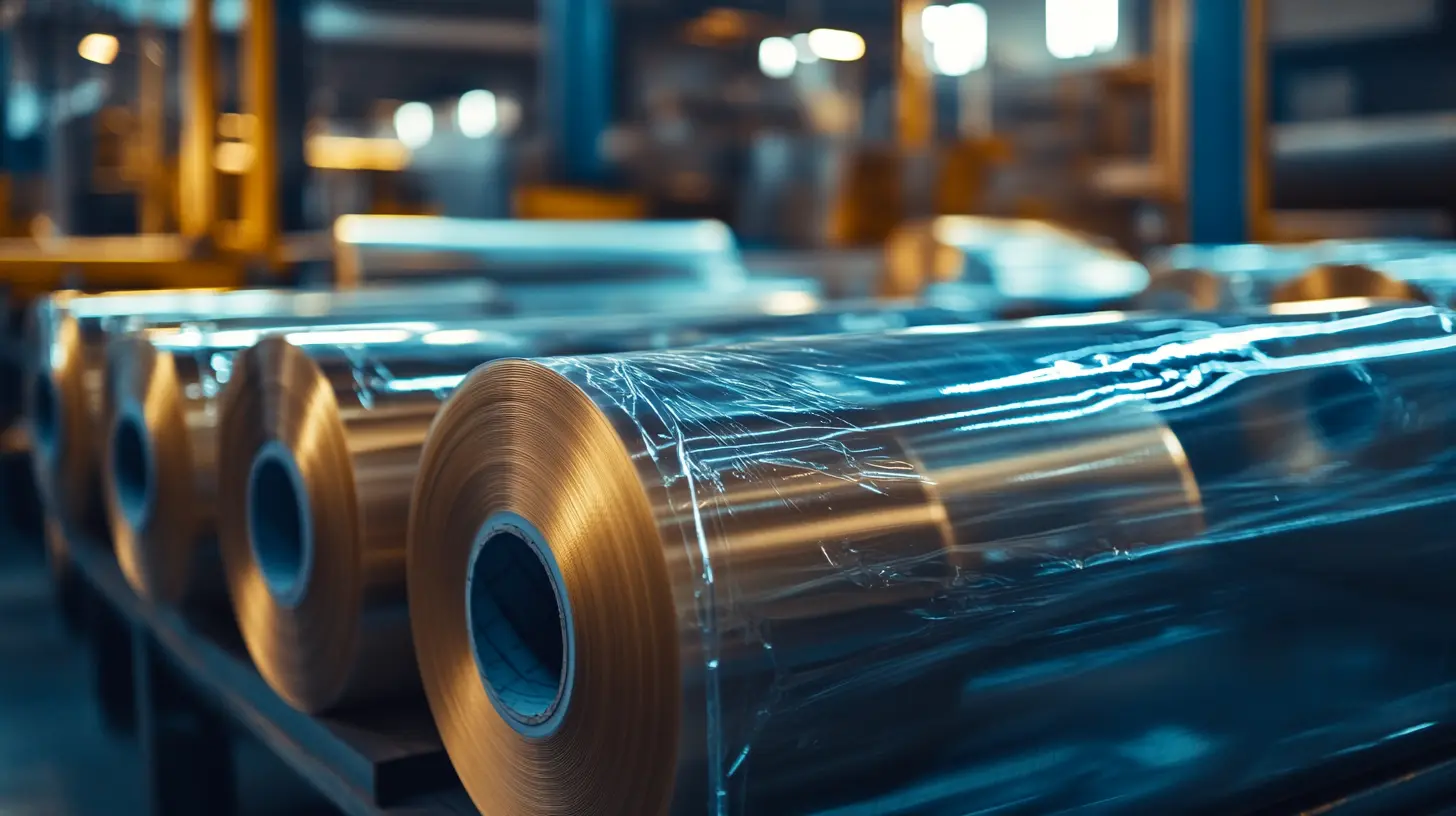
When it comes to choosing heat shrink sleeve film rolls, the actual selection of material has most to do with the actual function it makes and application. PVC, that is polyvinyl chloride, is, of course, among the first because of adhesion properties and affordability. Attributed to a fresh report on the market by Smithers Pira, the global market for PVC in heat shrink films is going to be rising more or less $1.8 billion by 2025, triggered by demands in segments like food packaging and electrical insulation. This is why PVC can be relied upon in many applications because of the different temperature ranges under which it performs.
Polyolefin which is perhaps the next favorite is environmentally friendly. It has superior clarity that makes it increase visibility at retail and increases chemical and moisture resistance. As reported by Allied Market Research, it is estimated that the polyolefin heat-shrink film segment will expand at a rate of 6.5% CAGR through 2030, as a result of increased usage in packaging applications across industries. It has characteristics suitable for industrial and consumer packaging adaptability and definitely superior strength.
PET (polyethylene terephthalate) is increasingly popular as it is heat resistant to high temperatures and has exceptional mechanical strength. Reports indicate that the PET market in the heat shrink film sector is expected to grow by 5% in the coming years, especially in sectors ranging from electronics to pharmaceuticals. The material appeals well to current consumer priorities, such as recyclability and sustainability, thus attracting companies that have active formulating eco-friendly policies. As changes occur in industries, so does the importance of material selection for heat shrink sleeve film rolls to fulfill performance and sustainability objectives.
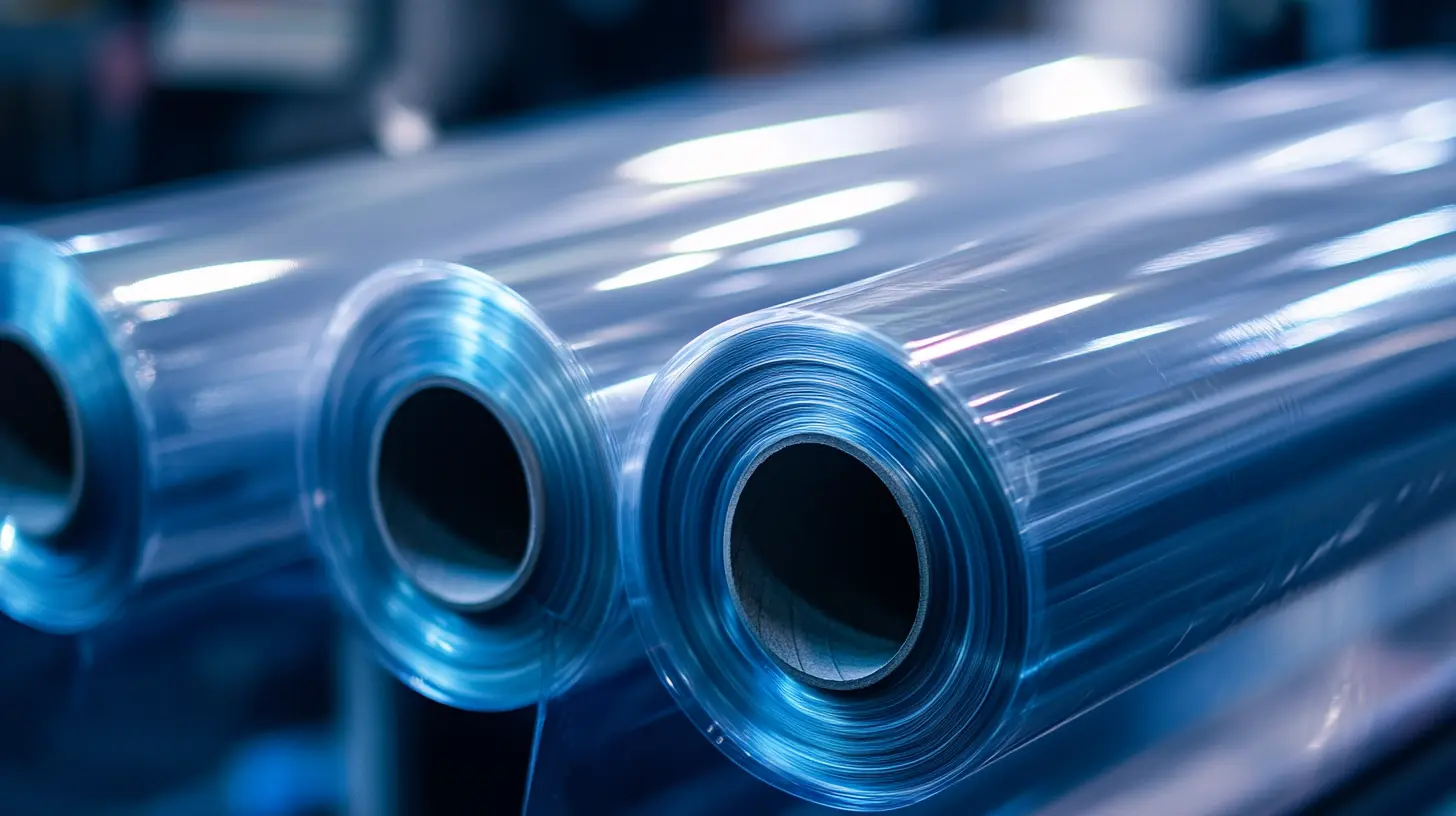
In the packaging innovations area, heat shrink sleeve films have attracted great talk around its versatility and sustainable-ness. Heat shrink sleeve films bring with them a number of key advantages that suit the growing buzz surrounding environmental consciousness. With the rise of e-commerce and DTC brands, it is anticipated that demand for heat shrink sleeves will rise, and so at this juncture, there is a dire need for innovative packaging options to reduce consumer environmental impact.
To begin with, the major strength of these films packaging seems to be minimum material usage in effective product protection. These films can tightly wrap around different shapes and snugly fit on the object needing protection with little need for additional packaging. Moreover, the advantage of recyclability and the ushering in green materials play important roles in the adoption of heat shrink films. Companies are increasingly trying to find avenues that will bring the circular economy into their operations, where heat shrink could play a major supporting role.
Furthermore, as consumers have become more green-conscious, adopting sustainability practices and low carbon footprints is becoming a competitive advantage. Using heat shrink sleeve films enhances the appearance of the packaging while communicating responsible practices. It is yet again with wider movements within the industry encouraging sustainable development that packaging becomes innovative as well as friendly to the ecosystem. As the market continues to grow and evolve, exploring the options of heat shrink sleeve films could be a strategic move for businesses ahead of the competition.
Sustainability is a necessity, not a trend, especially for heat shrink sleeve film rolls. In fact, the trend has heightened in consumer awareness regarding plastics and their effect on the environment, making the process of seeking eco-friendly alternatives ever more vigorous. One of which is the discovery of biodegradable shrink films, wherein the content breaks down more readily than traditional plastic films to reduce its ecological footprint. Most of these films are plant-based, which can greatly cut down on fossil fuel reliance, thus supporting the circular economy.
Another factor could include the recycling-mixed shrinks. Some producers now resort to including post-consumer recycled plastics to their products wherein they just decrease the need for virgin materials and divert waste towards landfills. This way, it does not only lessen harm to the environment but also refers to a more sustainable approach to production where there is more of a mindset of reusing materials when possible.
A business is also doing shrink films with minimized material but no compromise on performance; that's the new value. They can stretch better and form stronger units that are thinner because of advanced technology than the bulkier ones, yet work well-without compromising the resource conservation. With these innovations, companies would find solutions to their packaging needs but with due regard to environmental care. This is an important message for the types of consumers who give meaning to the purchases they make. These are the choices that show that the world into which the shrink films are coming is changing, and that greenness and efficiency can go together.
The heat shrink sleeve film industry is undergoing radical change owing to the new technologies that are making processes more efficient and sustainable. A recent report published by ResearchAndMarkets states that the global heat shrink sleeve label market has been forecast to reach USD 10.6 billion by 2026 growing at a CAGR of 4.7%. It is mostly attributed to the escalating need for packaging solutions that offer durability and protection while complying with environmental standards.
Advances in materials technology, getting applied to OEMs, is one of the primary market drivers towards which the industry is being propelled. More companies are embracing polyolefin and PVC films not only for superior shrinkage but also for recyclability. While bioplastics will be in demand for up to USD 1.85 billion by 2023, the projection is strong enough to indicate an even healthier shift towards sustainable materials in the entire packaging industry, including heat shrinks.
Automation and digital printing technology are also creating new forms of customization solutions for heat shrink sleeves. They enable manufacturers to run smaller batch sizes more conveniently with applications of smart technology that would otherwise not be applicable. The industry is increasingly using smart labels based on NFC and RFID technologies that support better product tracking and engagement with consumers.
As these innovative technologies continue to emerge, the scope of application for heat shrink sleeve films will increase into sectors such as food and beverage, pharmaceuticals, and consumer packaged goods. At the same time, it will begin to set the new benchmark of performance in terms of sustainability. Technology and sustainability, in their intersection, hold bright future prospects for the heat shrink sleeve film market.
When dealing with the eventual cost savings of heat shrink sleeves vs other forms of packing, the environmental and economic aspects of this argument have to be highlighted. The newest initiatives to reduce waste from the e-commerce industry's packing are causing companies to rethink their packaging choices. Most reports claim that a large proportion of e-commerce waste is attributed to excessive packing, hurting the environment and inflating operational costs. Using heat shrink sleeves can reduce material consumption for effective product protection, thereby addressing environmental and operational costs.
Another recent finding in research states that 70.1% of consumers think that excessive packaging means increased costs. This needs to be stressed by corporations trying to reinvent packaging. Heat shrink sleeves are much lighter and made from minimal material, thus significantly enhancing reduction in packing waste. The whole system design promotes their ability to mold themselves to the shape of the product for them to also facilitate transport efficiency; thus, shipping costs will be reduced in the long term.
Demand for recyclable packaging is expected to increase, thus encouraging eco-friendly practices by industries. It is projected that recyclable packaging will witness extensive growth by 2032, with sustainability being a primary market driver. By adding heat shrink sleeves to their packing inventory, companies will thus contribute positively to environmental efforts while also enjoying a measure of cost savings in production or logistics.
Relevant regulatory standards are instituted in heat shrink sleeve film production and use. Since these films are used to protect and cover electrical joints, compliance makes their use in the application safe and sound. The local market supervision authority regularly publishes the results of quality checks carried out on various products, including construction and manufacturing plastic materials, in Shenzhen. Such oversight helps maintain a product standard-over-standard that is activity- and performance-matched.
Additionally, with industries growing and evolving, increased demand for superior quality materials has compelled manufacturers to keep abreast of regulatory updates and compliance standards. This is to certify that products such as heat shrink sleeves satisfy all safety requirements while conforming to rising efficiency and durability demands in engineering applications. New government initiatives are highly likely to cause shifts in production standards ranging from raw materials to production processes.
Yet their implication beyond the regulatory compliance of individual products relates to enraging urban infrastructure projects, such as the ongoing plans to upgrade extensive underground pipeline systems. This need will further increase the significance of solutions such as heat shrink sleeves. It substantiates the premise that regulatory frameworks generally impact product development and innovation in the industry and are, therefore, likely to shape the future of manufacturing and maintaining its practices.
The most commonly used materials for heat shrink sleeve film rolls are PVC (Polyvinyl Chloride), Polyolefin, and PET (Polyethylene Terephthalate).
PVC is popular due to its excellent adhesion properties, cost-effectiveness, and versatility in performing well across various temperatures.
The global PVC market for heat shrink films is expected to reach approximately $1.8 billion by 2025, driven by increasing demand in sectors like food packaging and electrical insulation.
Polyolefin is more environmentally friendly, offers superior clarity for brand visibility, and shows better resistance to chemicals and moisture.
The polyolefin heat shrink film segment is projected to expand at a CAGR of 6.5% through 2030, driven by its increasing use in various packaging applications.
PET offers high-temperature resistance, excellent mechanical strength, and aligns well with consumer trends due to its recyclability and sustainability features.
Regulatory standards ensure the safety and reliability of heat shrink sleeve films, compelling manufacturers to comply with safety requirements and keep up with updates on compliance standards.
Regulatory compliance is crucial as it directly impacts product development, innovation, and the overall safety and performance expectations in industries, especially during essential infrastructure projects.
Quality checks conducted by local market supervision authorities help maintain consistent product standards that align with safety and performance benchmarks for heat shrink films.
Manufacturers are compelled to stay informed about regulatory updates and compliance standards, which influences their production methods and material choices to meet industry expectations.
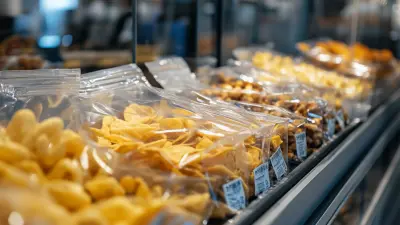

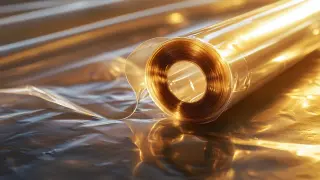
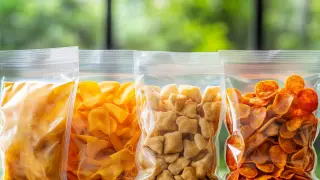


 中国
中国